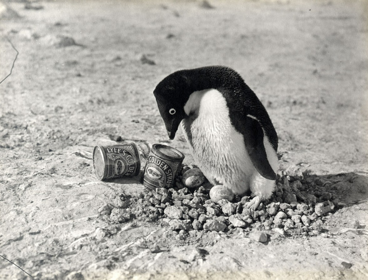Part of the Historical Geography Research Group (HGRG) series of teaching and learning resources.
An approach to exploring images in the classroom
Extracted from Key Concepts in Historical Geography by John Morrissey, David Nally, Ulf Strohmayer, Yvonne Whelan (2014:285-286), drawing on Visual Methodologies: An introduction to Researching with Visual Materials, by Gillian Rose (2007 and later).
"Whatever analytical technique is chosen, [Gillian Rose] urges the development of a critical visual methodology; one which requires an acknowledgements of the differentiated effects of both an image’s way of seeing and [our] own."
Rose 2007:262
Rose identifies three sites at which the meanings of images are made and effected: "the site of production, the site of the image or object itself and the site of audiencing" (Rose, 2007: 257). For all three sites, Rose highlights three modalities that can be critically read to enable a deeper understanding of any given image: "the technological modality, the compositional modality and the social modality[.]”
In practical terms, a particular research concern can be honed in on:
“(i) In concentrating on the construction of the image – how meaning is encoded through the process of production – key basic questions include (see Rose, 2007: 258-259 for a fuller set of starting questions for visual research):
-
When was the image made?
-
Where was the image made?
-
How was the image made?
(ii) When concerned with the image of medium itself – its components and characteristics – practical questions we could ask include:
-
What are the image’s components and how are they arranged?
-
What is the vantage point of the image and how is the viewer’s eye directed?
-
What is the genre of the image and what are its key elements?
(iii) Finally, if the focus of the research is the consumption of the image – how audiences decode meaning in various ways – useful questions include:
-
Who were the original audience(s) for the image?
-
How do different audiences interpret the image?
-
What were the image’s geographies of display and re-display over time?
The specific questions we wish to ask of our evidence may also of course be informed by broader theoretical concerns.”
In the first clip, David Matless talks about the shared experience of viewing and analysing images in the classroom. In the second, he describes how he uses the photography of Peter Henry Emerson to discuss social and environmental change in East Anglia.



